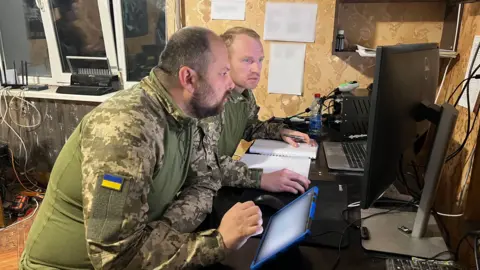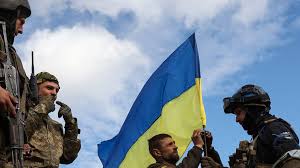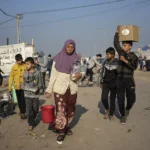Introduction
In war-torn eastern Ukraine, amid the thunder of artillery and the hum of reconnaissance drones, frontline soldiers are cautiously welcoming the idea of renewed Ukraine-Russia peace talks. After more than three years of unrelenting combat, even the most battle-hardened troops are starting to ask — could this be the beginning of the end?
Hope Among the Ashes in Pokrovsk

The eastern city of Pokrovsk, a critical hub in the Donetsk region, has become a focal point in the war. Ukrainian artillery recently struck advancing Russian troops, targeting rear supply lines. Soldiers from the 155th mechanised brigade are tracking enemy movements in real time, guided by live drone feeds.
“Russia doesn’t have the same power it had at the beginning,” says an officer known by the call sign Kozak. “I want to believe this could be the beginning of the end.”
Mixed Emotions on the Ground
Another soldier, Yurii, a former tech worker, is more reserved. “They have to start talking,” he says. “But remember — we didn’t start this war. We just want to go home, but not at the cost of surrendering our future.”
The soldiers fear any concession — such as giving up parts of Luhansk, Donetsk, Zaporizhzhia, or Kherson — would only pause the aggression, not end it.
High-Tech Battlefields and Increasing Threats
The war is no longer just fought with old Soviet gear. Ukraine now deploys modern Caesar self-propelled artillery guns from France. Kozak praises them: “Fast to deploy, precise, and more versatile than anything we’ve had before.”
But the battlefield has also evolved with the introduction of fibre-optic drones, which are nearly impossible to detect. This escalation in technology has dramatically increased fatality rates on both sides.
The Human Cost of War
While soldiers talk tactics, civilians carry unbearable grief. In Zaporizhzhia, Yana Stepanenko visits her son Vladislav’s grave. The 22-year-old drone operator was killed earlier this year. She places his favorite hot chocolate and pastry beside his tombstone, weeping in the arms of her 13-year-old daughter Nicole.

“I hope my child did not die for nothing,” she says. “That all of Ukraine will be free.”
Conclusion
For soldiers and civilians alike, peace talks represent a flicker of hope — but also a source of anxiety. As Kozak puts it, “We shouldn’t give up a single metre of our land.” Whether this new diplomatic chapter leads to peace or disappointment remains to be seen, but for those on the front lines, the cost of this war is already etched in blood and memory.
Read the original BBC report for full frontline coverage, or explore Reuters’ analysis of ongoing Ukraine-Russia diplomacy.









